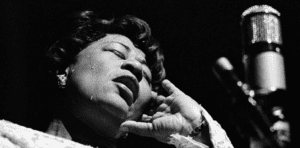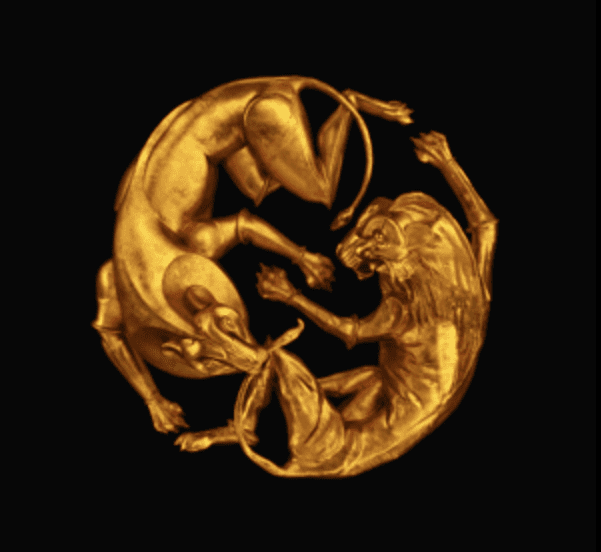African to African American Music
Roles
The most memorable and genuine moments I have experienced were curated in my grandmother’s galley kitchen. The two of us cooking and exploring the maxims of conversation on Sunday mornings, with Andrae Crouch’s discography subtly being played from the den. The kitchen was my classroom; I learned about the importance of wisdom, power, family, and femininity as young black woman. This instance is no different for the rest of the African and African American community. Communities are usually bonded together by religion, sports, visual art and fashion, and have communion over food. Specifically for the black community, music has always played integral role in how we identify, express, and socialize ourselves. In African communities, story-telling, celebrations, and accomplishments are molded by music and dance. Spiritual experiences and celebrations are also created with music in the African American community. In Ghanaian culture, traditional child naming ceremonies begin with prayer and end with a musical performance of the djembe.
Musical Expressions
From the beginning of time, musical taste and expression has exemplified a form of resistance, healing, and brilliance. During the Transatlantic Slave Trade, African slaves used chants to communicate with one another to form alliances. Black gospel also came about from ring shout ceremonies during slavery as a form of remedy for spiritual and milestone experiences, such as church and funerals. In the African and African American community, it has been common for young children to play social games with music with hambone. These games cultivate a child’s understanding of the world around them and of who they are themselves. Social intelligence is created at a young age with the use of these games and is seen below with Liberian and African American children.

African - African American Timbre
Timbre in African American music differs from European in that group singing and whispered singing, along with ring-shouting, have been categorized as “peculiar” and “strange” by white musicians. African and African American artists also incorporate mutes and bottleneck effects to their music. Distinctive timbres are seen more often in African/AA music with modern hip-hop/rap, jazz, and funk songs consisting of anomalous beats and rhythm. In Kendrick Lamar’s “These Walls,” chants heard at the beginning of the song culminated with the funk beat in the background creates a “strange” yet phenomenal melody throughout the listening.
Musical Structures
Call-response and polyrhythmic sound are the most common musical structures in African and African American music performance. Call-response is the most original form of musical structure, as slavery hymns and negro spirituals were used from the beginning. Ring-shout is also incorporated as it acts as conversation between the musical artists as they play instruments and sing with the audience. Polyrhythmic music usually has multiple instruments and rhythms in the duration of a song or performance. This creates complexity in the rhythm and is very prominent in jazz, funk, and rap/hip-hop genres. In “For the Love of Money” by The O’Jays, polyrhythm is heard clearly with the guitar and trumpet. Both of these musical structures create cinematic moments with the audience, as the song creates an environment of intrigue and entertainment by the complexity of beats and sounds.
Other Works by Author

The Truths Behind Obsolescent White Spirituals
Leah Robinson &
Aiyanna Manning

African to African American Music by Aiyanna Manning
/*! elementor – v3.4.8 – 16-11-2021 */ .elementor-heading-title{padding:0;margin:0;line-height:1}.elementor-widget-heading .elementor-heading-title[class*=elementor-size-]>a{color:inherit;font-size:inherit;line-height:inherit}.elementor-widget-heading .elementor-heading-title.elementor-size-small{font-size:15px}.elementor-widget-heading

The Soul of Marvin Gaye
THE SOUL OF MARVIN GAYE On a solemn day in

Commodification of Black Music Through Labels
RECORD ROW Record Row culminated independent record companies into one,

The Soul of Marvin Gaye
/*! elementor – v3.4.4 – 13-09-2021 */ .elementor-heading-title{padding:0;margin:0;line-height:1}.elementor-widget-heading .elementor-heading-title[class*=elementor-size-]>a{color:inherit;font-size:inherit;line-height:inherit}.elementor-widget-heading .elementor-heading-title.elementor-size-small{font-size:15px}.elementor-widget-heading

First Lady of the Swing Era
Although raised in the City of Gracious Living, Ella Fitzgerald


